The Second World War remains a lively setting for first-person video gaming. The default characters in these games are often young OSS (Office of Strategic Services) officers, and World War II Combat: Road to Berlin for the Xbox and PC from Groove Games, is no exception. The player’s character, Stephen Moore, is assigned to beat Stalin’s army to Berlin. His superiors believe that the Russians’ objective is the Germans’ nuclear research; however, the ultimate objective turns out to be the rocket construction buildings at the Kaiser Wilhelm Institute. This game pitches the player against the Germans and the Russians with the fate of the Western World at stake.
As is also the norm for these games, all the equipment, vehicles, and much of the cutting-edge science in weaponry is taken from real German designs of the era. Items available consist of actual deployed weapons and machinery, as well as things that were still testing in wind tunnels or existing only on paper. Moore uses nine authentic weapons including the M1 Thompson Submachine Gun, MK2 Pineapple Grenade, Panzerfaust rocket launcher, and KA-BAR utility knife. The storyline plays out over ten levels. For players more interested the mechanics than the history, there are also ten multiplayer maps for up to sixteen players. These players can either be humans linked over the net, or bots with variable degrees of difficulty, or a mix.
A different single player experience is provided in Silent War: the United States Submarine War Against Imperial Japan, 1941-1945 from Compass Games. SW is a solitaire board game that simulates exactly what its subtitle suggests. With a non-threatening array of counters and charts, SW lets the player approach the war either in stages, or all at once. There is also a patrol mode where instead of playing the role of Commander of Submarines, U.S. Pacific Fleet (SubComPac), the player captains a single boat. The campaigns can take ten hours or more, while patrols can be done in as little as ten minutes.

The maps in SW cover the entire theater and the counters cover every U.S. submarine deployed during the war. The charts keep the mechanics simple and “right in front” of the player—exactly where they need them. There are special rules for American torpedo improvement, submarine repair and readiness, wolfpacks, campaign and combat events, war progress, patrol and search, TDC solutions, merchant shipping, and Japanese battleship doctrine. There are even optional two-player rules.
Returning to the PC is the action game WWII Tank Commander, from Sylum Entertainment. More of an arcade game than a strict simulation, WWIITC has the player drive an M4 Sherman tank serving in the Fourth Armored Division of Patton’s Army. The game begins with the landing on Utah Beach, and continues across Western Europe. The player will cut off enemy forces at the Brittany Peninsula, relieve the besieged 101st Airborne at Bastogne, cross the Rhine, and carry the war all the way into Czechoslovakia. Along the way, the player will meet German Panthers, Tigers, and Hummels.
While the mechanics of the game engine are game rather than simulation based, the player does use authentic weapons in environments that simulate the actual battlegrounds. There are 30 objectives spaced over ten missions which range in style from assault to rescue.

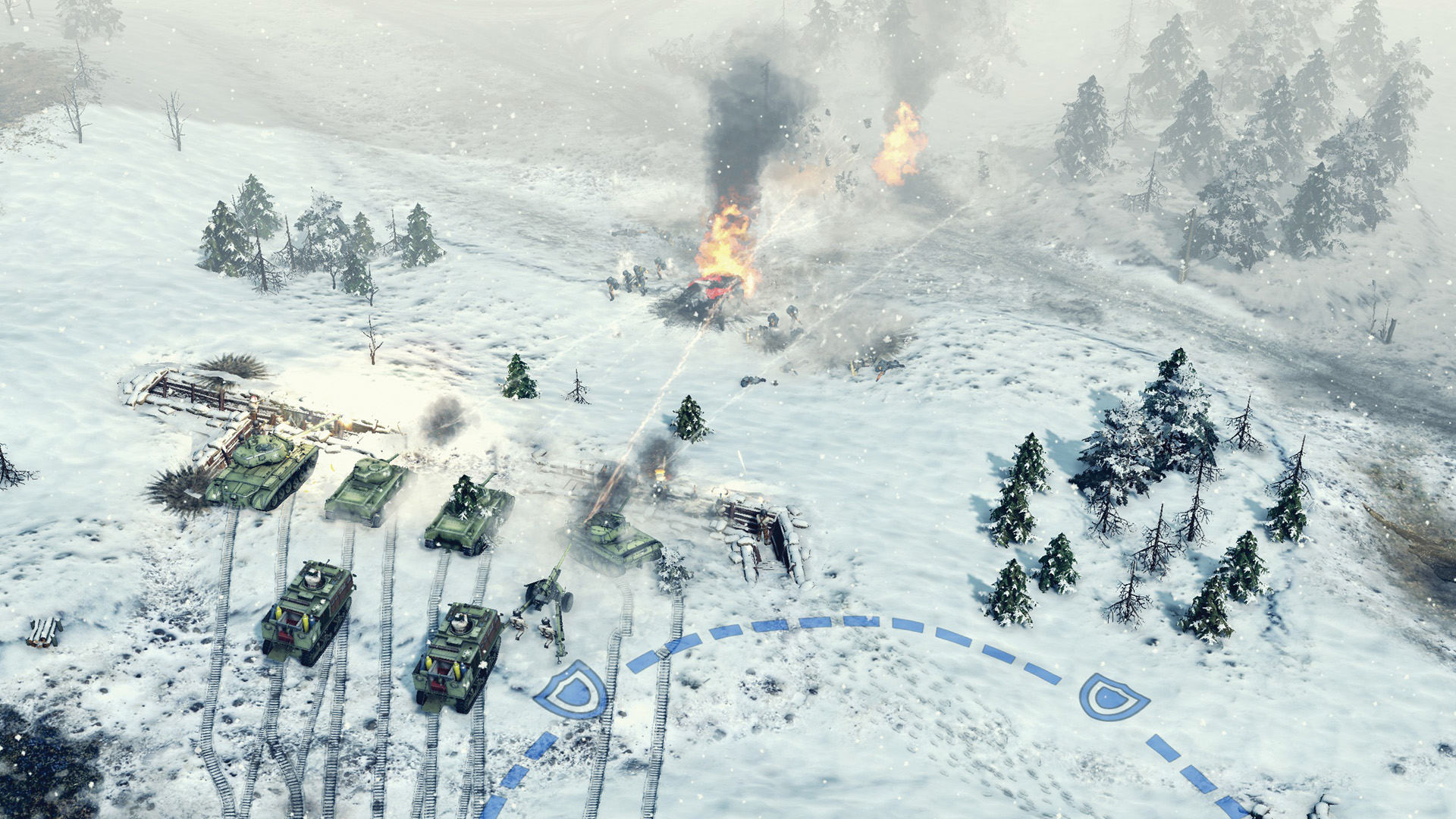
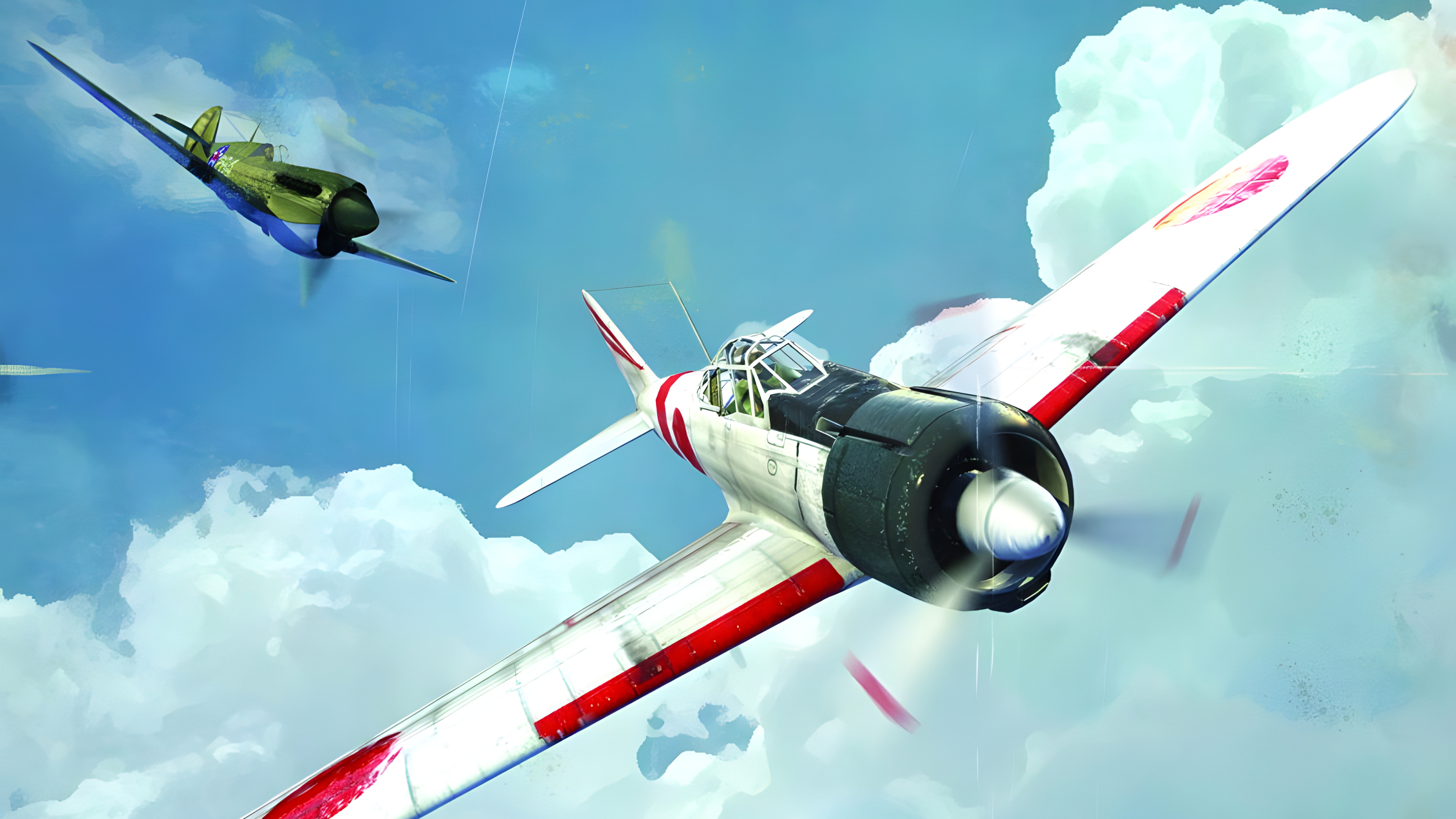

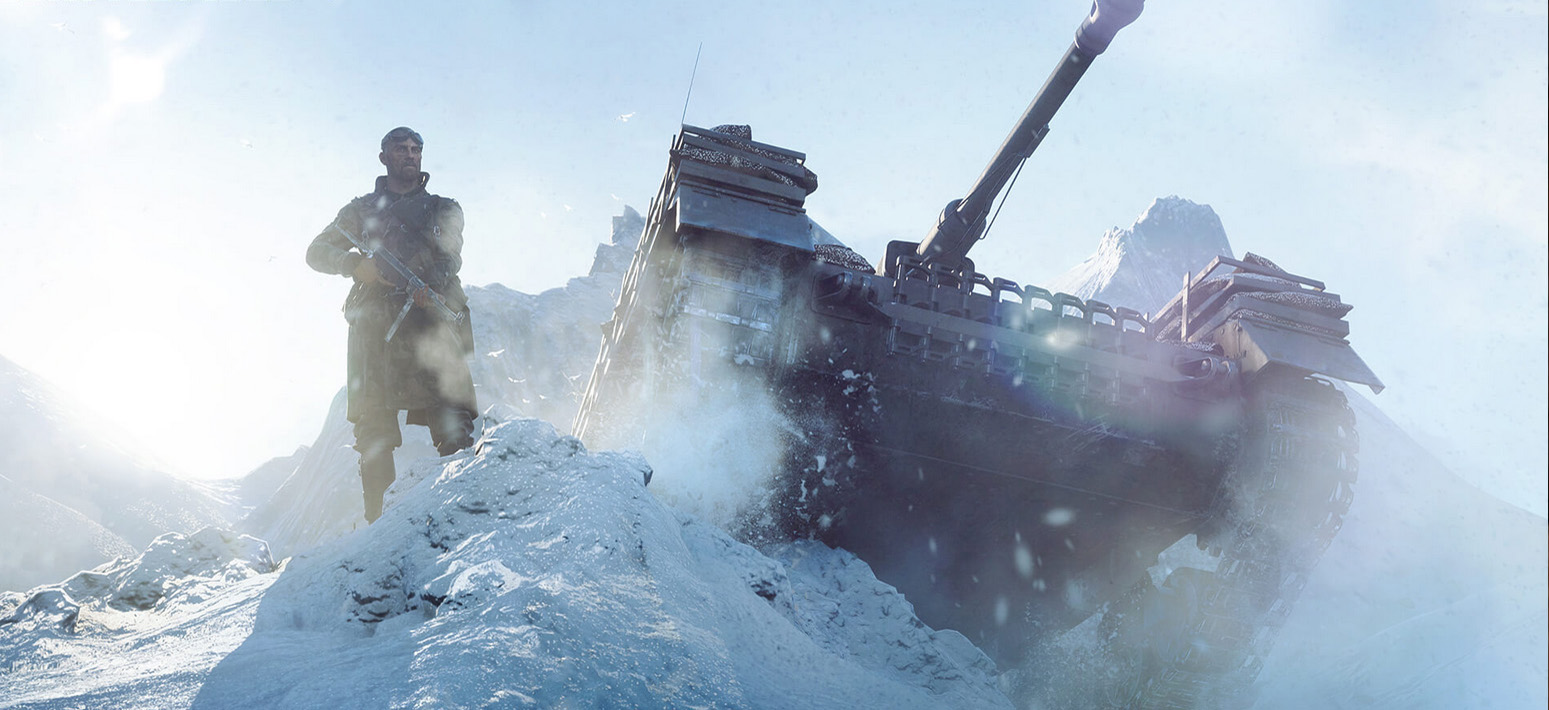
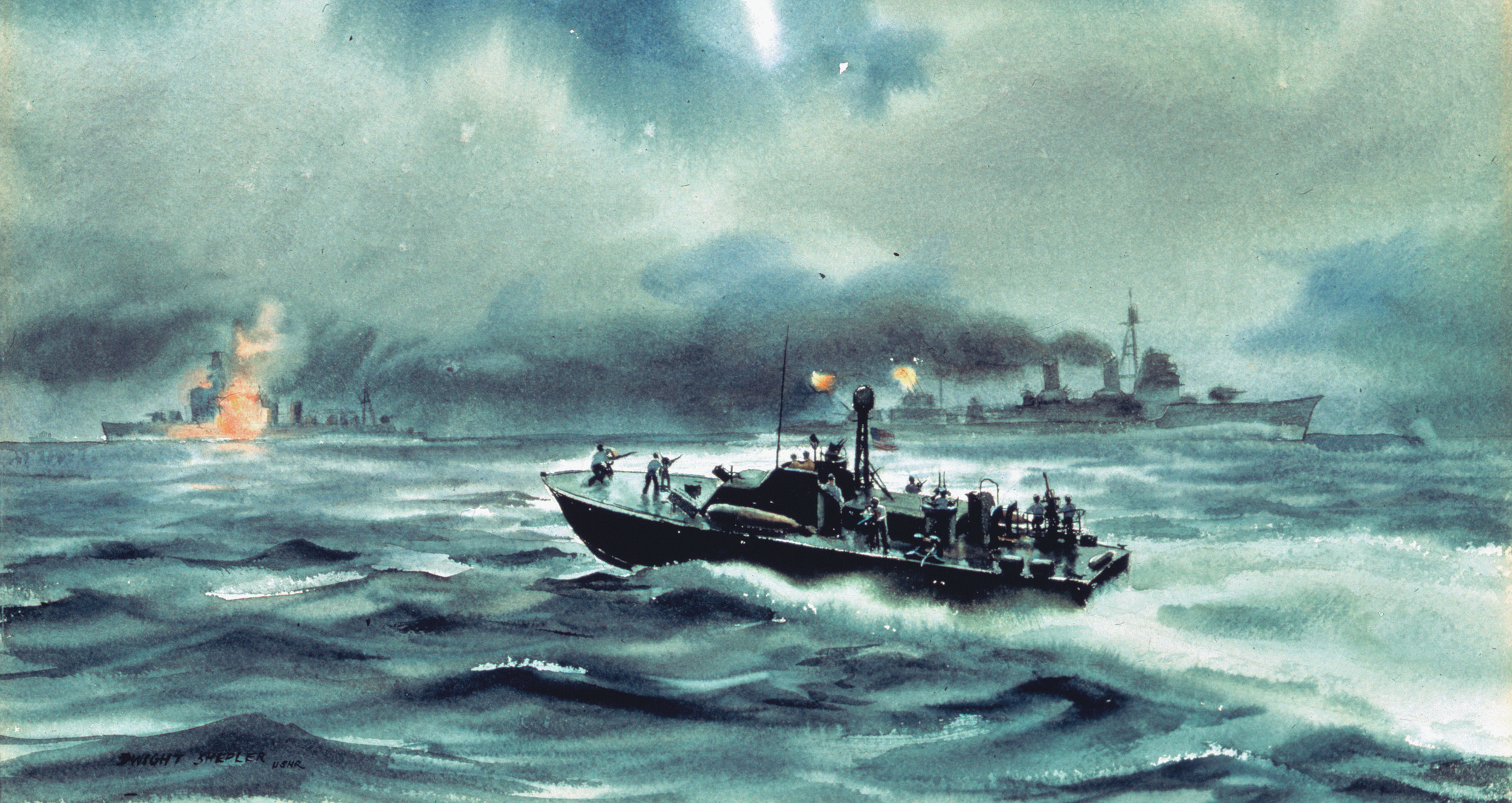

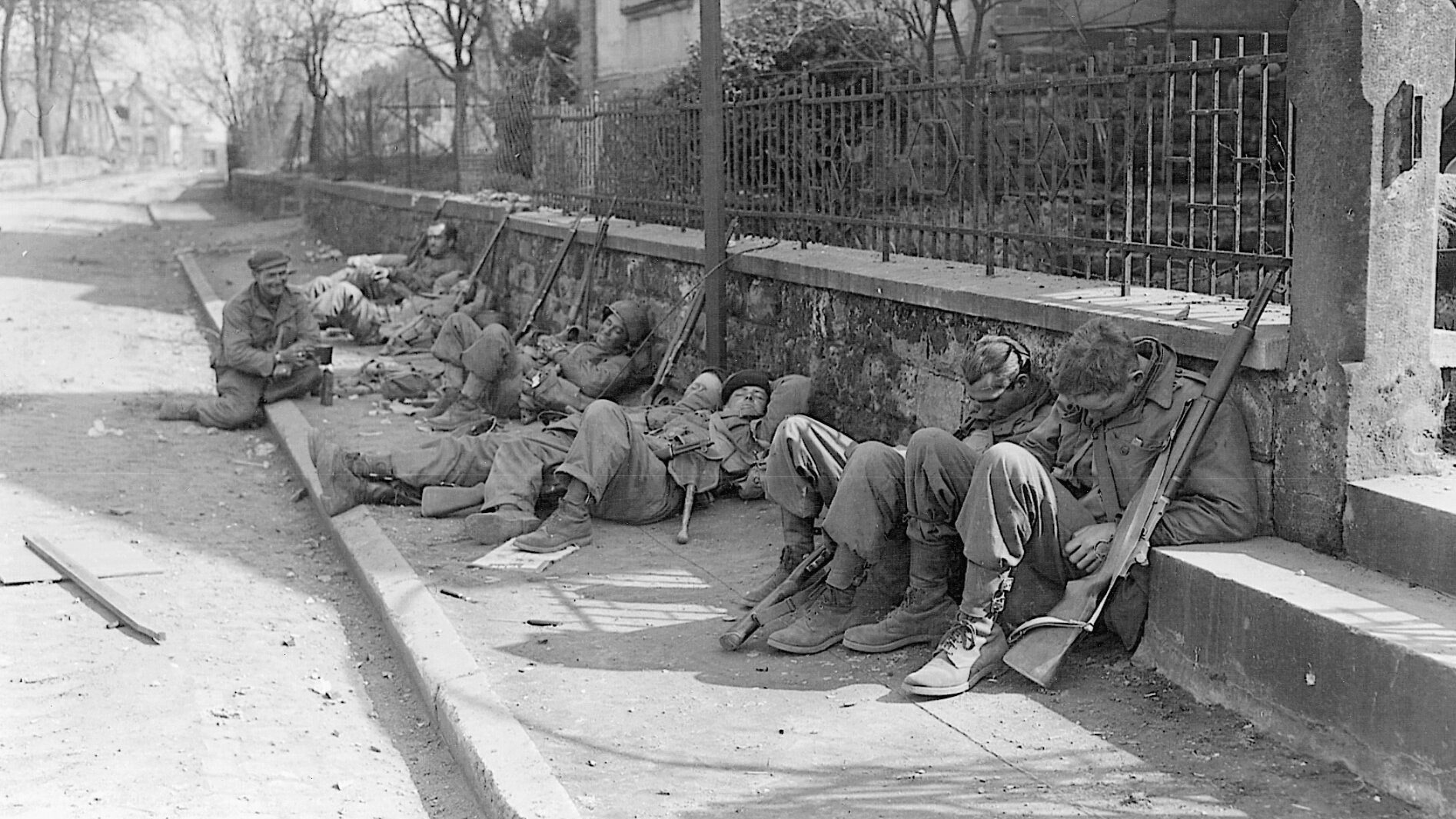
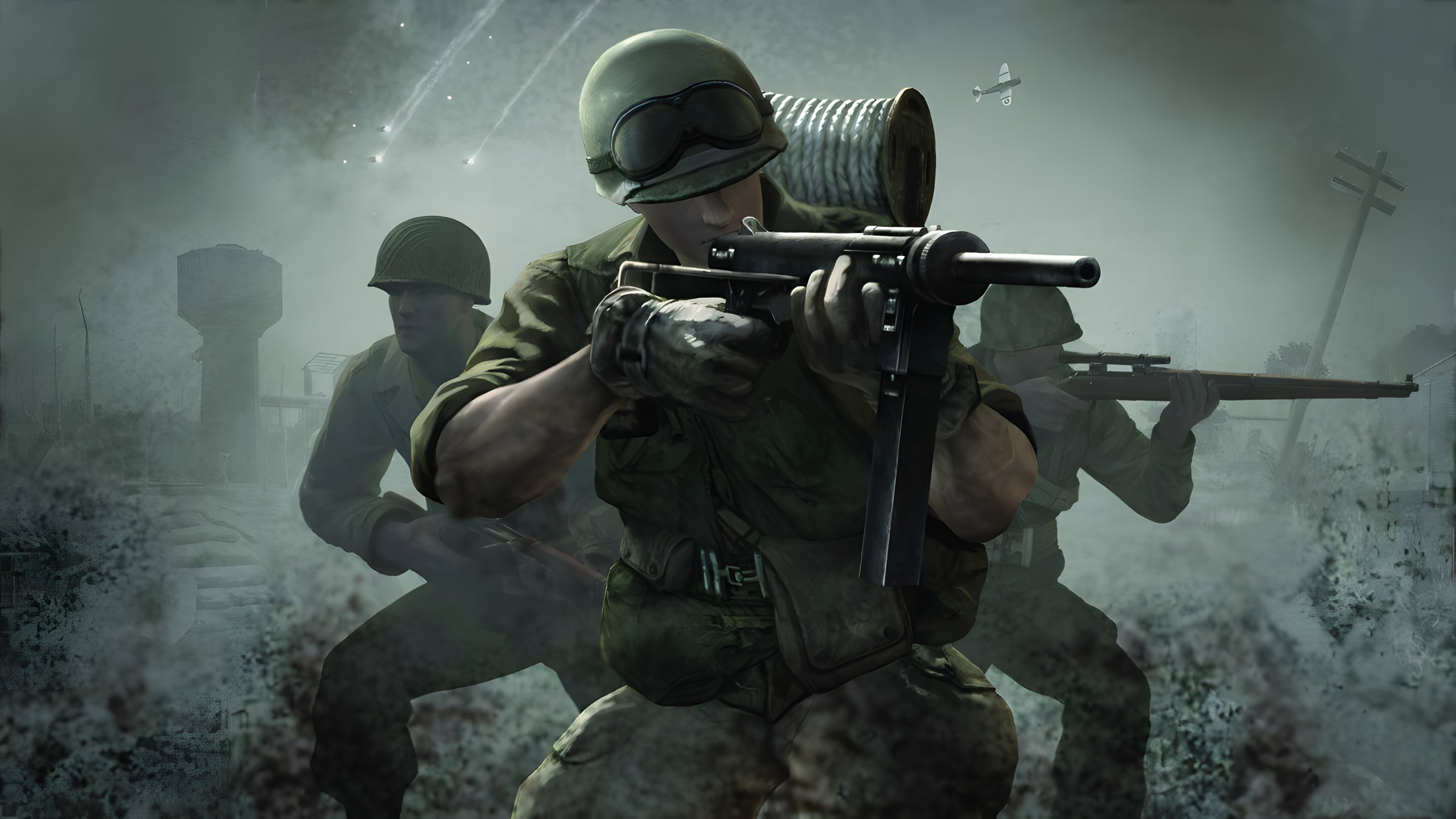
Join The Conversation
Comments
View All Comments